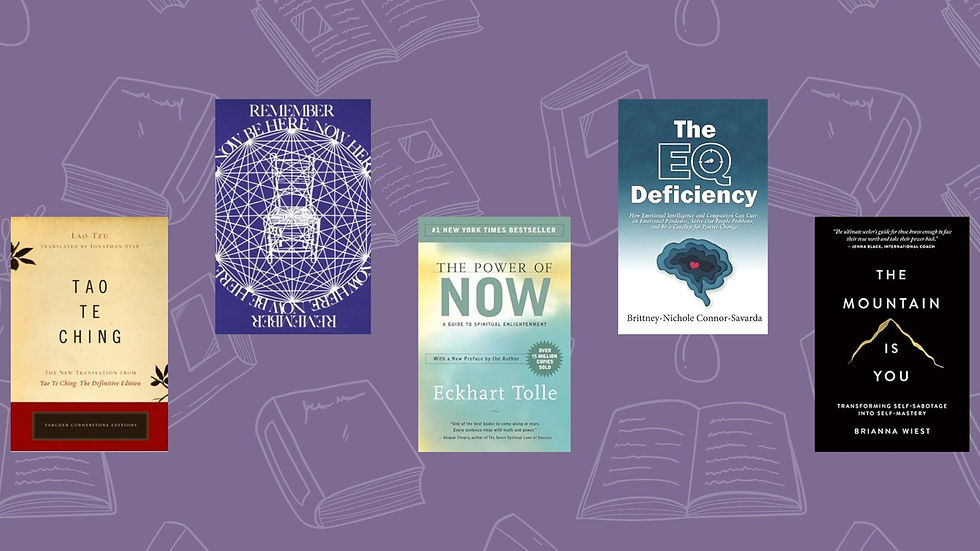The Benefits of Emotional Granularity
- Brittney-Nichole Connor-Savarda
- Jun 1, 2024
- 2 min read

Getting better at naming our emotions accurately—a concept called emotional granularity—can help us untangle the complex web of feelings we experience. When we expand our emotional vocabulary, we're not just putting words to what we're feeling; we're gaining more control over how we react to those emotions. This approach helps us to better recognize, understand, and share our feelings, which in turn, makes for clearer communication and stronger connections with the people around us.
Most of us are accustomed to identifying and expressing only the basic emotions - happiness, sadness, fear, surprise, anger, and disgust. However, the English language alone has over 3,000 words dedicated to describing the nuances of our emotional experiences. This vast lexicon offers a rich palette for articulating our feelings but is often underutilized due to a lack of awareness or the cultural habit of simplifying emotional complexity into basic labels. By confining ourselves to a limited emotional vocabulary, we miss out on the opportunity to fully understand and convey the depth of our experiences.
For example, someone might describe their feeling as simply being "angry" when they are actually feeling "frustrated" due to unmet expectations, or "resentful" over perceived injustices. This mislabeling can affect how they deal with these emotions. While "anger" might prompt a confrontational or aggressive response, understanding the feeling as "frustration" or "resentment" could lead to more constructive approaches, such as identifying the root cause of the unmet expectations or addressing the perceived injustice directly. The nuanced understanding fosters a healthier emotional management strategy, encouraging responses that are more aligned with the actual emotions being experienced, ultimately leading to more effective communication and resolution of the underlying issues.
Beyond improving communication and emotional management, developing a richer emotional vocabulary has several other benefits. It enhances self-awareness, allowing individuals to recognize and understand their own emotional states more deeply. This heightened awareness can lead to better self-regulation, reducing the likelihood of being overwhelmed by emotions and enabling a more balanced and deliberate response to various situations. Emotional granularity also enriches interpersonal relationships by fostering empathy and understanding, as recognizing subtle emotional states in oneself can improve our ability to identify and empathize with those same emotions in others.
To develop greater emotional granularity, one might start by engaging in reflective practices such as journaling, aiming to describe feelings with as much detail and nuance as possible. Reading widely and exposing oneself to diverse genres of literature can also expand one's emotional vocabulary, as literary works often explore the complexities of human emotions in depth. Additionally, practicing mindfulness can increase emotional awareness, helping individuals to observe their emotions without judgment and identify them more accurately. Seeking feedback from others about how they would describe certain emotions or situations can also provide new perspectives and words to incorporate into one's emotional lexicon.
Here are just a few examples of emotional words that go beyond standard emotional vocabulary.
Amusement | Exhilaration | Melancholy | Resignation |
Awe | Foreboding | Nostalgia | Serenity |
Contempt | Gloomy | Optimism | Vigilance |
Curiosity | Inferiority | Pensive | Wanderlust |
Elation | Lonely | Remorse | Yearning |
It's important to note that emotional granularity is not about labeling or categorizing emotions, but rather about expanding our ability to recognize and articulate the nuances of our inner experiences. As with any skill, developing emotional granularity takes time and practice, but the benefits of increased self-awareness and understanding can greatly enhance our overall well-being and relationships with others.



Comments